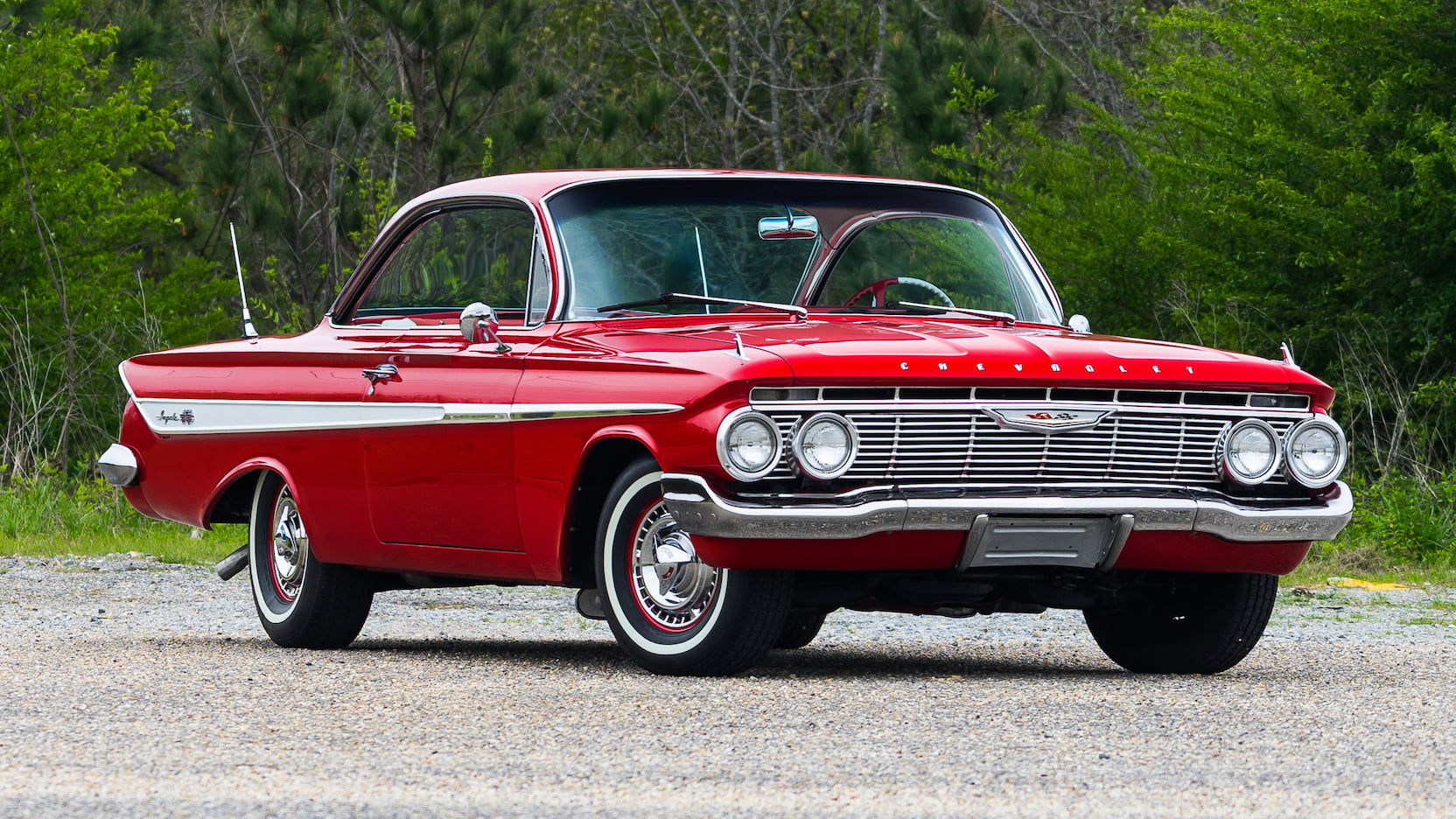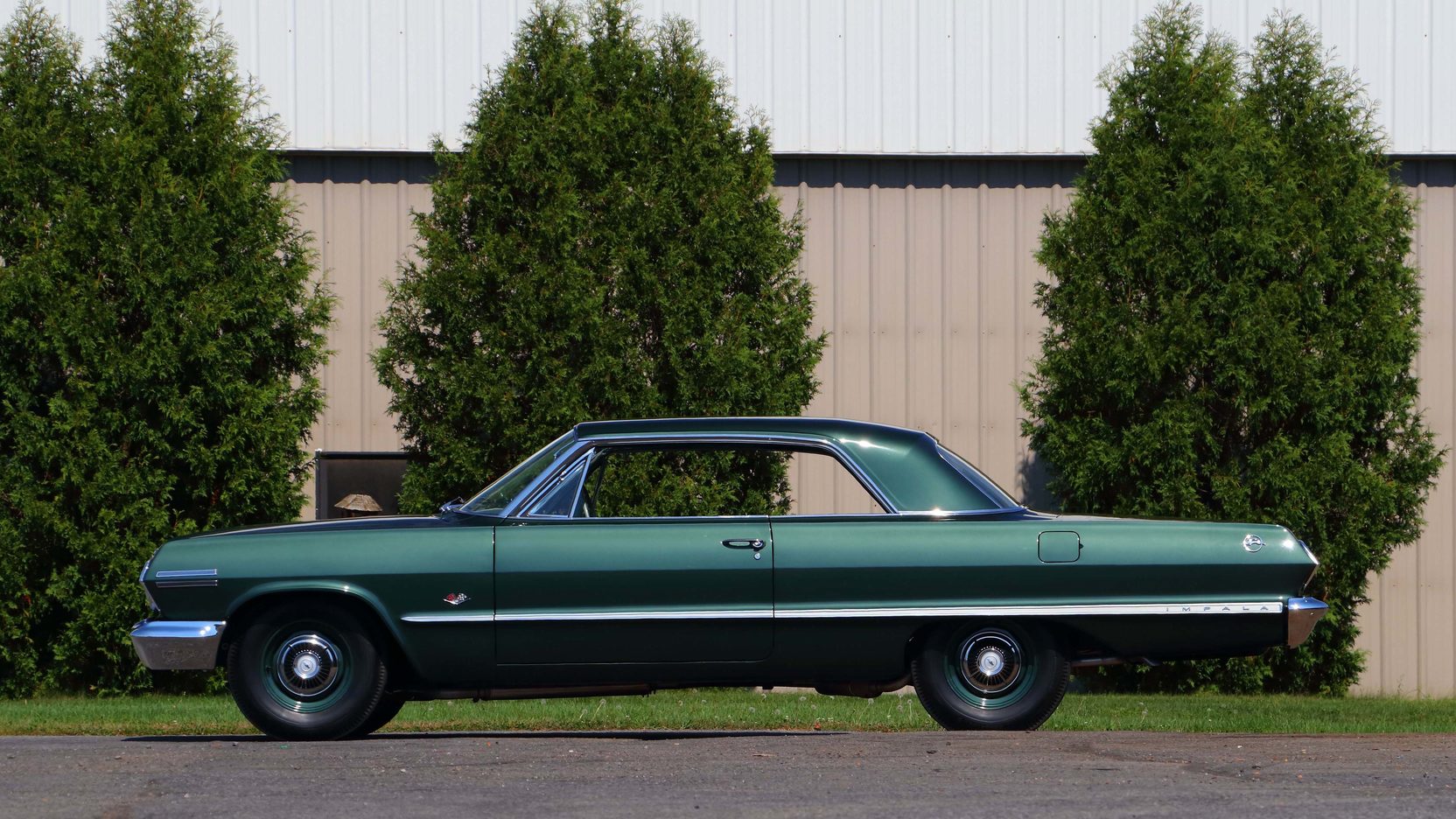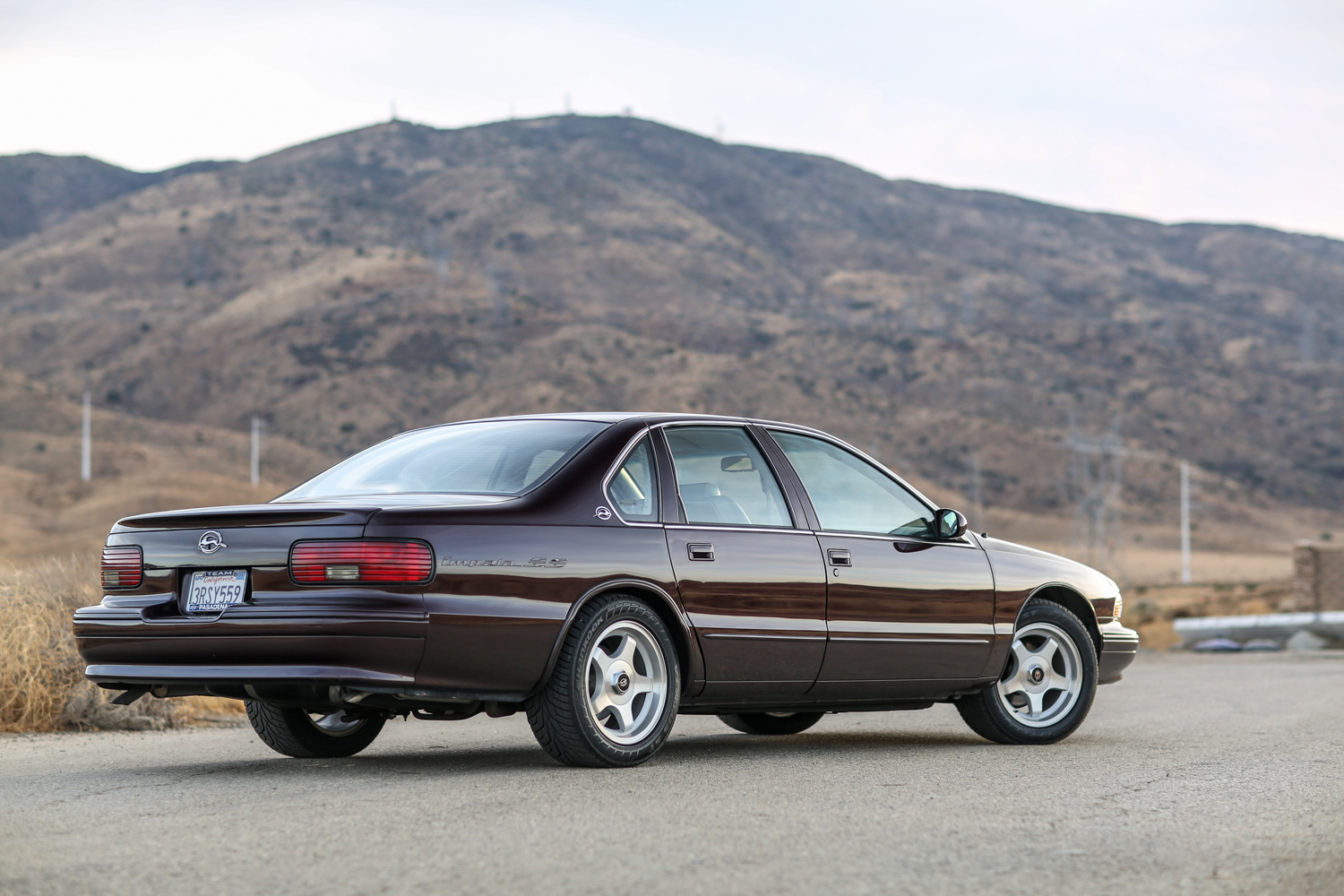Chevrolet Impala production ends, but the SS is not forgotten
The last week of February 2020 marked the end of the Chevrolet Impala… again. As American consumers continue to change their buying habits to favor crossovers, while General Motors shifts to electrifying its fleet, the full-size Impala sedan isn’t making the cut for Chevy’s strategy going forward. The final Impala rolled off its Detroit assembly line today, leaving one less full-size sedan in production for North America, a segment that is shrinking both in market share and in competitors.
Born as a trim level atop Chevrolet’s full-size model range in 1958, the Impala was bold from the outset. It took the Bel Air’s style and added more flair and an extra set of taillights to announce to everyone what had just passed them by. The Super Sport moniker was first seen on the 1957 Corvette SS racer, but it was first put into production in 1961 on the Impala SS. The big car continued to be the recipient of powerful engine options, off and on, throughout its history, creating models worth celebrating.
Chevrolet’s 409 V-8, first used in 1962 in full-size cars including the Impala, turned bubbletop coupes into racing machines. Their “four-speed, dual-quad, Positraction” performance was enough to inspire the Beach Boys to immortalize the engine in song.
In 1963, the lightweight Z11 Impala brought a very limited run of factory hot rods into racers’ hands. It was the first 427-cubic-inch big-block from Chevrolet to make it into a production car; yet it wasn’t the same engine that we’d later see in 1966 or the 427 Mystery Motor that had first raced in Daytona in 1963 in a pair of Corvettes. The Z11 used the soon-to-be familiar displacement on a variant of the 348 and 409 engine family and pumped out 430 horsepower, enough to make it a drag strip terror.
Through the mid-‘60s, the Impala was a volume leader for Chevrolet and recorded more than a million sales in one year with the redesigned 1965 model and its sweeping roofline. The year 1965 also marked the debut of the Mk. IV big-block in the Impala, where the 396-cu-in engine would churn out 425 horsepower. The 427 would follow a year later.
In 1966, the Caprice became the top full-size Chevy, and in 1986 the Impala nameplate was retired, with the Caprice carrying the entire full-size Chevy line. It wasn’t until 1994 that the Impala would reclaim the top-of-the-line position from the Caprice with the V-8 powered Impala SS. Those big, brawny muscle cruisers still have a following and possess quite the road presence, but they weren’t enough to keep GM’s long-lived B-body in production. Both Caprice and Impala ended production in the US in 1996.
The Impala followed on the heels of the re-launched Malibu and debuted for 2000, using two generations of the front-wheel-drive W-body platform. These cars were comfortable and reliable, but even the introduction of a 300-horsepower, 5.3-liter V-8 couldn’t make them very exciting. Still, they were popular. From 2000–08, Chevrolet sold an average of 250,000 Impalas every year in the U.S., but sales never bounced back after the 2007-2008 financial crisis.
The final generation of the Impala debuted for the 2014 model year as W-body Impalas continued for fleet use as the Impala Classic through 2016. The new, bigger car was lauded by critics as vastly improved, and while sales were not bad for its segment, they’ve been trending down. Last year, sales fell 20 percent, with fewer than 50,000 of the big cruisers finding owners. The low-volume Impala and Cadillac CT6 were the only vehicles built at Detroit’s Hamtramck assembly plant, and the upcoming GMC Hummer electric pickup needed a home. Something had to give.
The Impala has a long and somewhat patchy history as GM’s top sedan. It was the most beautiful four-seater and also the quickest car they built at times, yet it languished as a fleet special later in its life, only to be reborn as a competitive and well-built family car. As General Motors adapts to the changing market, there may be a place for Impala to make its third comeback. Its name has been used on wagons in the past, so it wouldn’t be the most ridiculous use of a storied name on an electric crossover.
20200227193222)
20200227202611)








20191010155405)

20191010155520)


20200227201354)

20200227200853)


20200227200904)
20200227200918)
20200227193228)
20200227193235)

